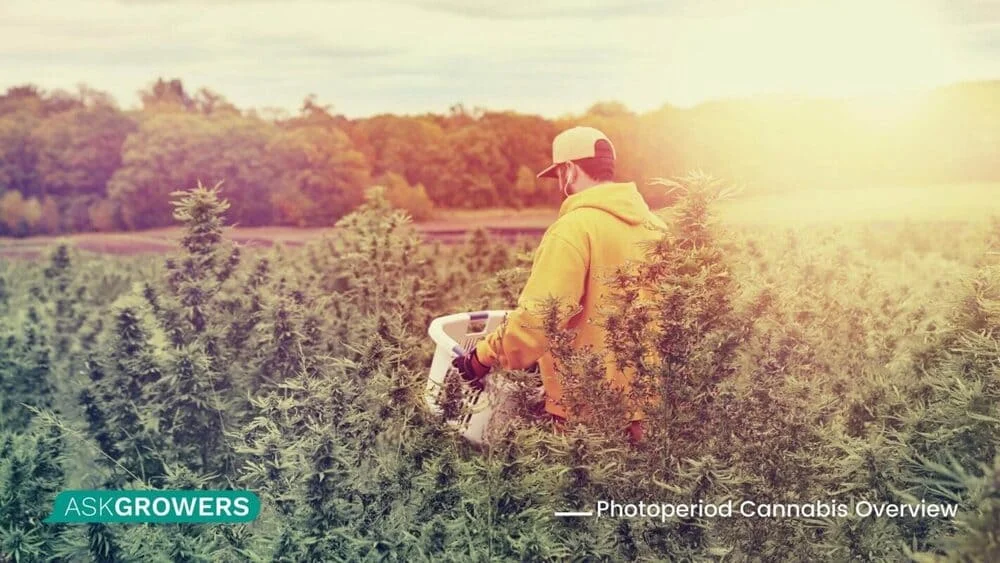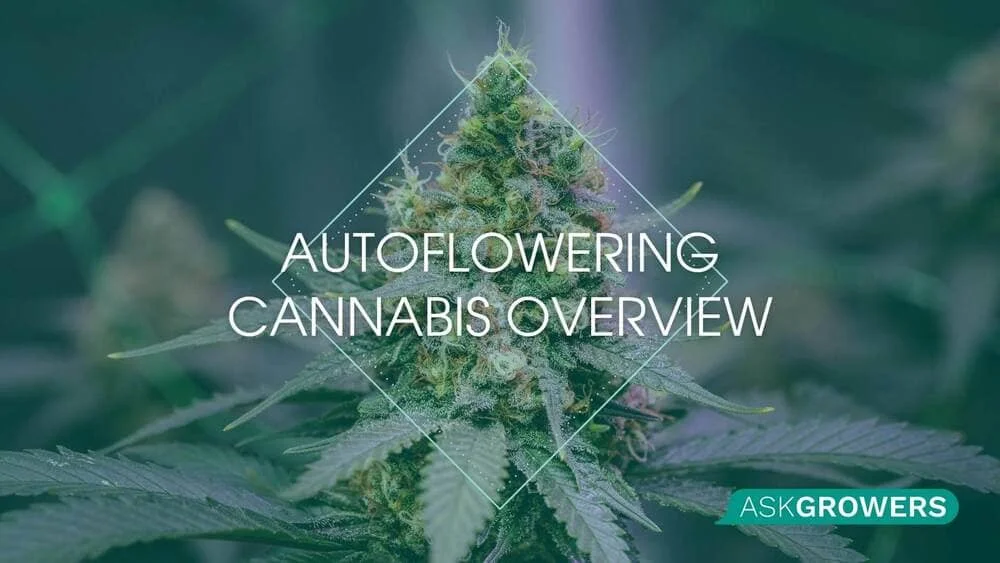Autoflowering weed strains are plants that start flowering automatically regardless of exposure to light. The ease of cultivation makes them a good option for people who are new to growing cannabis. In addition, these strains are an excellent choice for growers living in less warm climates who want to grow marijuana in the open, balcony, or window sill, but can not afford it due to the short summer.
Autoflowering Weed Plants: Advantages, Myths, and Truth
There are many reasons why autoflowering strains are favored among marijuana cultivators. Because autoflowering genetics tend to finish very quickly, they give people and commercial growers more control over their growing schedule. The main advantages are the following:
- It takes about 7-9 weeks, on average, to grow autoflowering cannabis plants from the time they are planted until they are ready to be harvested;
- The average height is about 2 to 2.5 feet;
- You can see buds appear in as little as three weeks after you plant the seeds;
- Many crops may come from the same site in a few yearly harvests.
When a beginner grower is faced with a choice between a photoperiodic and an autoflowering plant, he or she may experience confusion because of false information one gets from different sources. Here, we will look at a few of these myths and attempt to dispel them.
Myth №1: The effect of autoflowering cannabis is much worse than that of ordinary photoperiodic and regular plants.
The Truth: Maybe ten years ago, it was this way, but the art of selection is not standing still and is constantly evolving. Today, THC levels in most autoflowering strains range from 16% to 22%, sometimes reaching a record high of 25%. Moreover, the CBD level in this cannabis is relatively more than that of a regular one, which increases its therapeutic value.
Myth №2: Low yield.
The Truth: This myth is not entirely true, but there are elements of truth to it. Initially, one of the goals of breeding autoflowering plants was compactness and ripeness, but these qualities are not required of natural 12/12 strains. Much depends on external factors, as well as internal genetic factors: insufficient lighting and neglect of minimum comfort conditions can reduce the yield even in photoperiods.
Myth №3: Impossibility of cloning.
The Truth: Cloning is possible, but the clone will be the same age as the plant from which it was cut. In other words, if the parent plant was at the stage of flowering, the maximum that can be expected is a pair of inflorescences and low growth. Sometimes complete cloning is possible when the plant has not even shown its sex, but such cases are rare. Still, cloning, whatever it is, is possible.
How to Grow Autoflowering Cannabis?
The process of growing autoflowering weed, while simple in some ways, still requires specific care to ensure the highest quality plants. Of course, the trick is to avoid overdoing it.

Watering Autoflowering Marijuana Plants
In fact, a couple of small holes would suffice to rule out the possibility of stagnant fluids. It’s crucial to be gentle with autoflowering seeds. Despite the fact that they germinate quickly, you should offer them only enough soil moisture to keep them alive for the first few days. After that, if you have any doubts about the amount of moisture left in the soil, only add a little water so as not to wash away your baby plant.
Controlling Humidity Level
In the initial stage, for the first few weeks, the humidity-to-air ratio should be maintained between 50 and 70 percent, with 85 percent humidity being the highest level you should not exceed, and 20 to 25 percent is the lowest. At the flowering stage, it can be reduced to 30-45 percent.
The Light Level for Autoflowering Cannabis
The lighting schedule should start with 18 hours of light and 6 hours of darkness, gradually increasing until the lighting is on around the clock. At optimal lighting conditions, cannabis plants should be put under a 20/4 light schedule, which will help them grow strong stems. After three weeks, the plant should go into the flowering phase. If you operate the light bulbs in a balanced light mode, you will get a better quality crop.
Should You Fertilize Autoflowering Weed?
It is preferable, but while you keep it moderately. Better yet, if you’re doing it in the early stages of laying the groundwork. In addition to humidification, you can add substances containing calcium and magnesium, or any other to form a good root environment. Once your plant has finished blooming, it will not need additional food for up to 3 weeks. After that, use a high-nitrogen fertilizer designed for flowering plants.
How to Increase the Autoflowering Cannabis Yield
If you want your autoflowering cannabis plant to grow well, then don’t stress it. Though the plant is relatively small, good training can help increase productivity. As long as you take care of your autoflowering plant, the stress won’t hurt it. One of the optimal is the Low-Stress Training or LST method of growing autoflowering plants, also called a low-stress sub-bending. A bender has the sole purpose of guiding the central cola so that all shoots and side colas receive an equal amount of light, helping your plant grow into a large, healthy plant. This method works by increasing the yield of bushes and allows you to control the height of each bush.

You can also choose Screen of Green, or ScrOG, a popular training method for autoflowering cannabis. It also does not injure the plant and allows an increase in the yield due to more efficient use of lighting.
Conclusion
Autoflowering marijuana has quickly gained popularity in the past few years, and for a good reason. If you’re looking to grow your own bud, you might have heard of autoflowering cannabis. These are pot plants that flower regardless of light exposure. Autoflowering weed strains are excellent for new marijuana growers, who otherwise have to monitor their crops’ progress closely.

